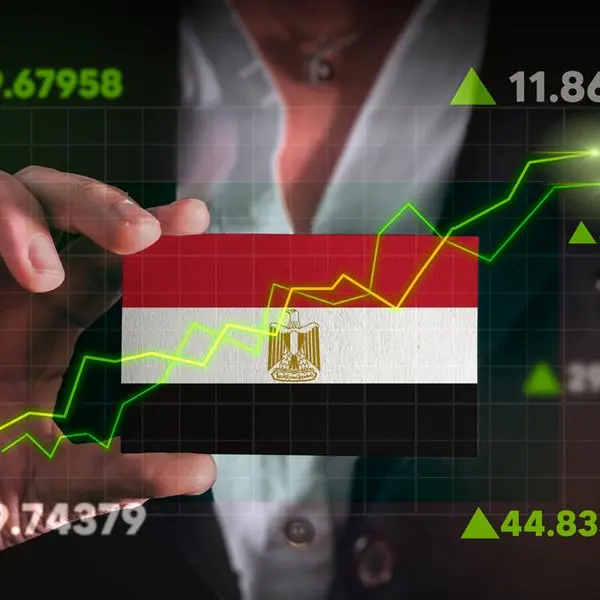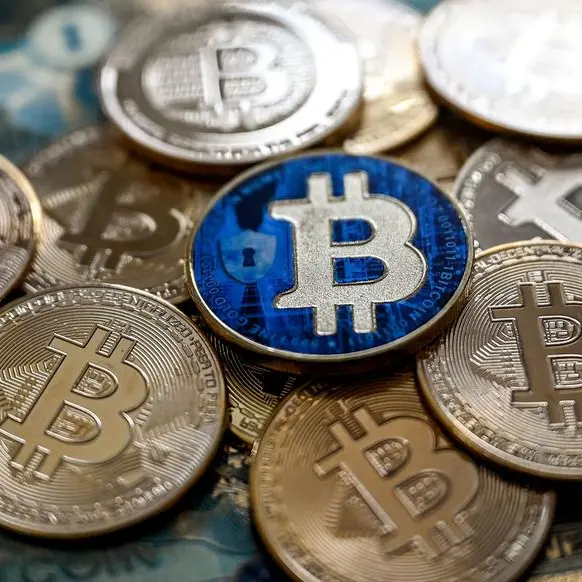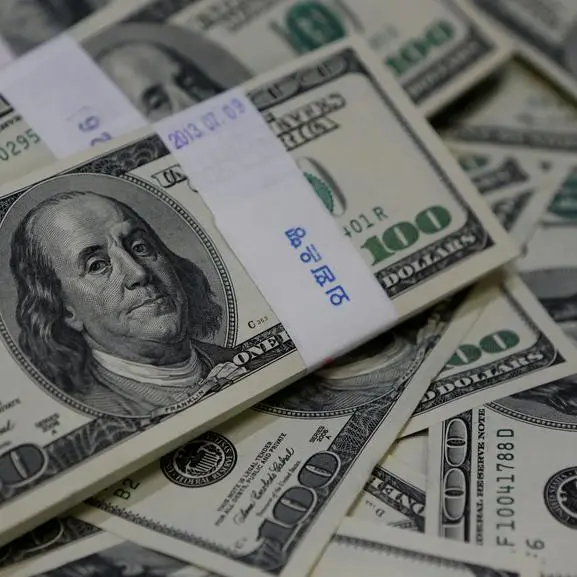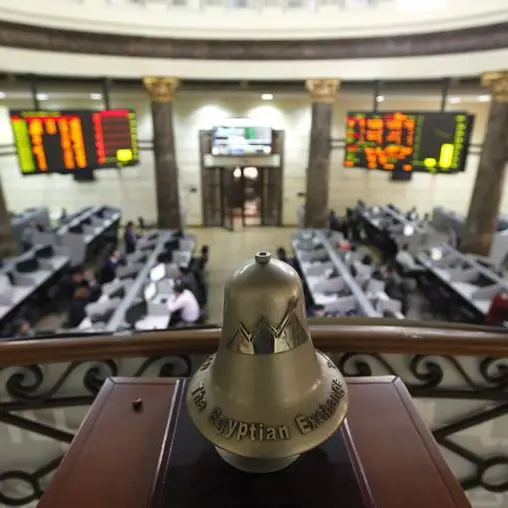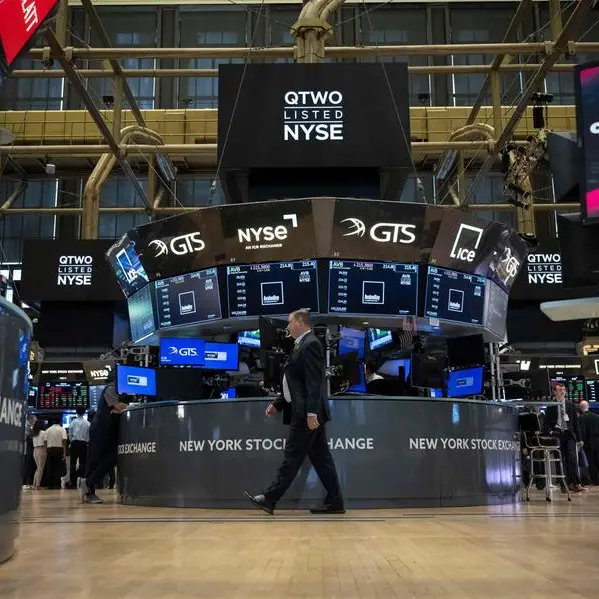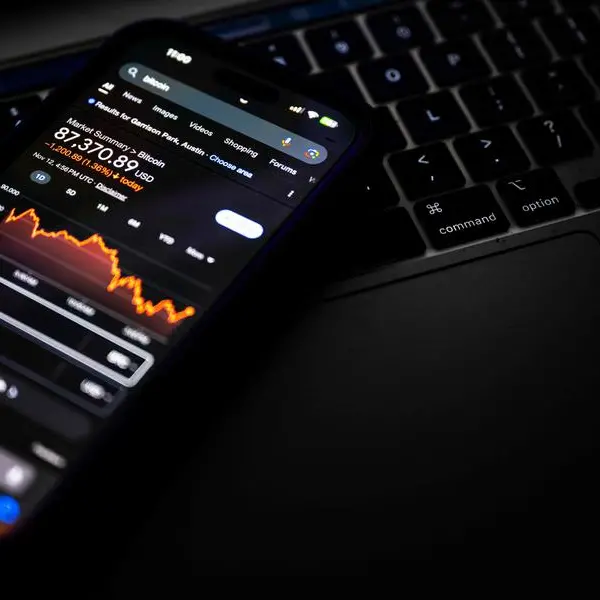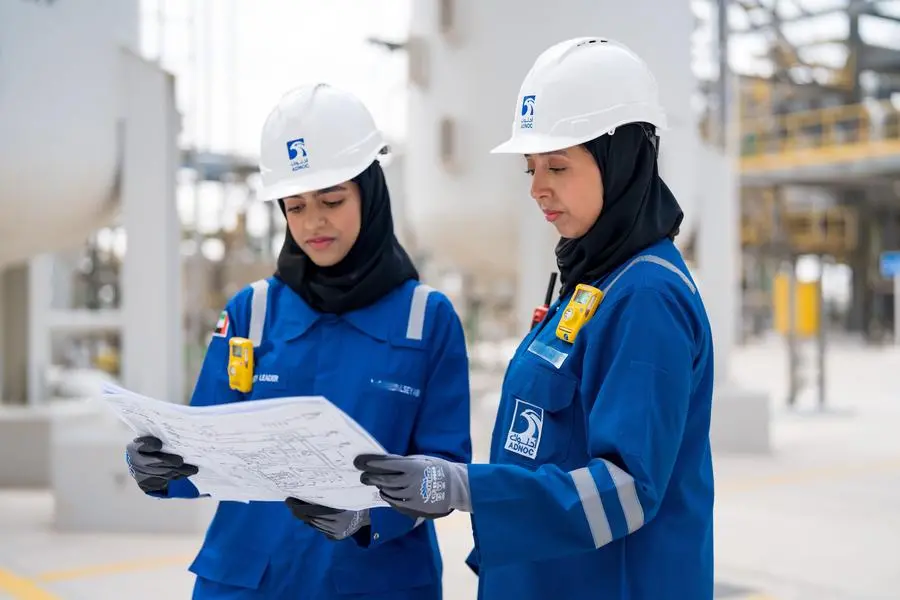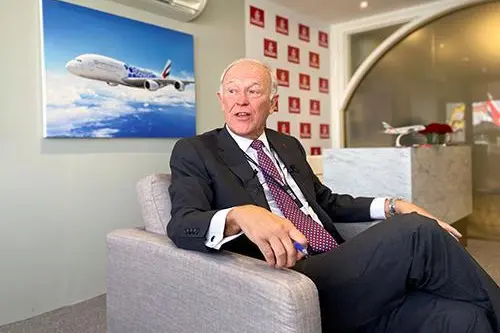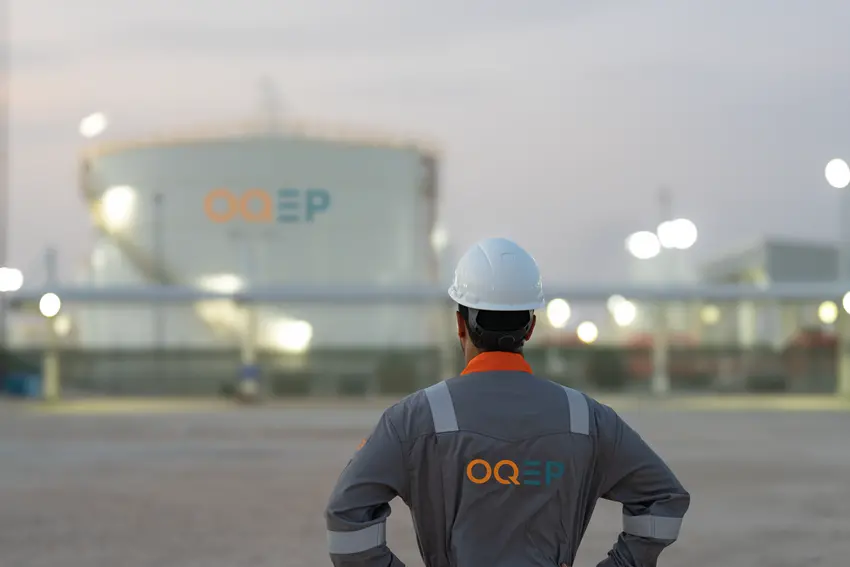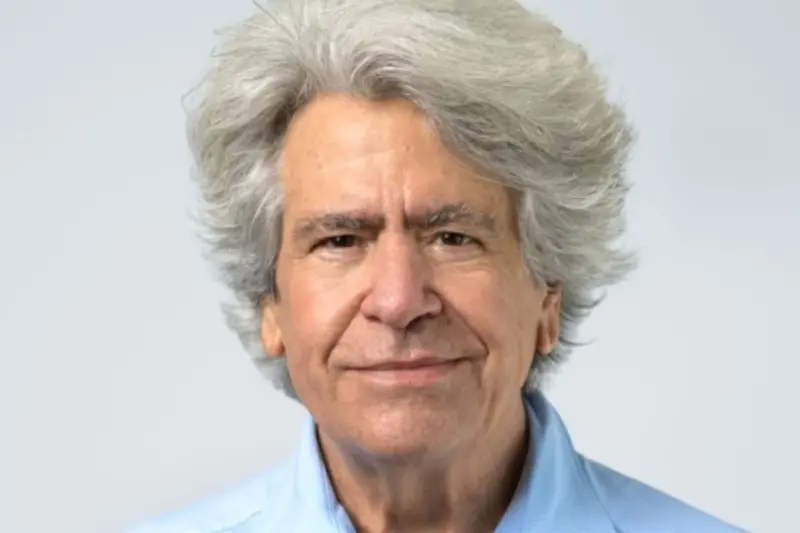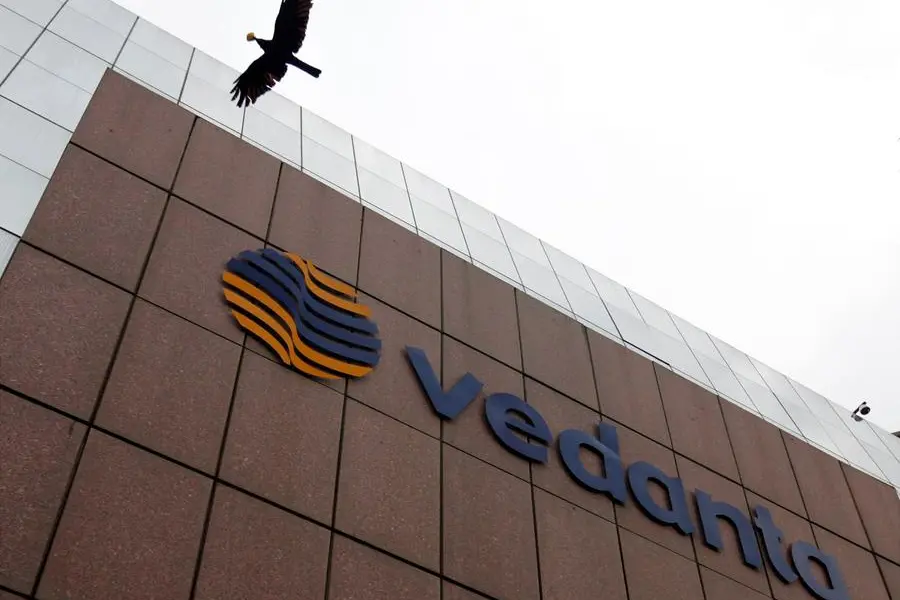PHOTO
Oil is in a happy place — so good indeed that this week’s Joint Ministerial Monitoring Committee (JMMC) of OPEC+, an accord of the 10 OPEC countries and their 13 non-OPEC allies led by Russia could be postponed to Jan. 4. The JMMC is monitoring compliance with the production cuts which — at 7.2 million barrels per day (bpd) — are still at historic highs.
Oil markets were influenced by hopes around recent approvals of vaccines and planned rollouts of vaccination programs in various countries, including the UK, US and Saudi Arabia. Markets easily absorbed the news that OPEC+ would ease its cuts by 500,000 bpd as of Jan. 1. Initially, the plan had been to reduce cuts to 5.8 million bpd, according to a schedule agreed at OPEC’s ministerial meeting in April at the height of the pandemic and after the price of WTI had briefly turned negative.
Last Thursday, oil broke the $50 per barrel mark for the first time since March, briefly touching $50.95. WTI rose to $47.63, falling below these levels on Friday. On Monday at 1 p.m. CET, the Brent and WTI reached again $50.63 and $47.16, respectively.
Oil has been on a seven-week rally, reflecting market exuberance over the availability of coronavirus vaccines and strong demand out of Asia. The oil demand was and is split into two halves: Between west and east of Suez. The latter has seen demand increase significantly as East Asian countries got a handle over the virus. China stands out in particular, with imports on track to rise by 10 percent year on year — mainly due to a buying spree when the commodity reached record low prices. However, even India’s demand seems to have fully recovered, with the country’s largest refiner reaching full capacity in November. It is no wonder then that Saudi Aramco increased its January prices by $0.4-$0.8, while the Abu Dhabi National Oil Company did so by $0.75-$0.85.
The oil price rally has been impressive, lasting for a good seven weeks. The commodity is up around 30 percent since October. Several analysts see oil as potentially the biggest reflation trade for 2021. This is a possibility, but one should not forget that while the news on vaccines is encouraging, a rollout will take time and there will be another few difficult months ahead. Coronavirus case numbers are spiraling out of control in the US and several European countries, necessitating further restrictions and lockdowns during the peak holiday season. This will have ramifications for the economy well into next year.
Jet fuel is an important component of oil demand, and scheduled commercial flights are down by 60 percent compared to 2019, with international travel particularly hard hit. It will take time for this sector to recover, and the International Air Transport Association does not expect air travel to reach pre-pandemic levels for some years.
The last two months have been good for oil. What does that mean for this week’s JMMC? The committee monitors and can advise, but cannot set quotas, which is in the purview of full ministerial meetings and requires unanimity.
Prices rose despite OPEC+ production rising to a six-month high — a production increase of 670,000 bpd according to S&P Global Platts, mainly on account of Libyan production reaching 1.03 million bpd in November as opposed to 460,000 in October. Libya is exempt from production cuts. Earlier this month, Saudi Energy Minister Prince Abdul Aziz bin Salman was very clear that this would remain so in the immediate future, because OPEC needed to show solidarity with the country which had been torn apart by conflict and needed to give it the economic means and time to recover.
OPEC+ compliance was good at 100.2 percent, according to S&P Global Platts, split between OPEC at 102 percent and the alliance partners at 99 percent. The UAE made good on its promise to compensate for overproduction in late summer and overfulfilled its quota by 14 percent. Neither Nigeria nor Iraq undertook the compensatory cuts they had signed up for. They have until the end of the first quarter 2021 to do so.
OPEC+ can be happy with both compliance and market developments, as there seems to be sufficient demand to accommodate extra barrels if the current trajectory of global inventories continues, an important benchmark for OPEC+, who monitor the five-year average of OECD inventories. In September, OECD crude stocks were up 11 percent compared with 2019 and 14 percent compared with 2018, which means that there is still some way to go until markets have fully rebalanced.
OPEC+ ministers made a smart choice earlier this month when they said that they would ease cuts by 500,000 bpd in January and review the situation on a monthly basis. While the recovery is underway east of Suez, it is early days yet west of Suez. On the supply side, Libya is exempt from sanctions, giving it a license to pump crude. Iran is hopeful that the new US administration will ease sanctions in a bid to revive the Joint Comprehensive Plan of Action. Iranian Oil Minister Bijan Zanganeh said on Saturday that his country planned to produce 4.5 million bpd of crude oil and gas condensate next year, up from a production of 2.02 million bpd of crude in November, again according to S&P Global Platts. Only the future will tell how much of this is wishful thinking.
All in all, November and December have been good months so far and should allow the JMMC to convene in a relatively relaxed atmosphere in early January. OPEC+ have also given themselves a security valve by its minister convening on a monthly basis in order to adjust production levels as and when necessary.
• Cornelia Meyer is a Ph.D.-level economist with 30 years of experience in investment banking and industry. She is chairperson and CEO of business consultancy Meyer Resources. Twitter: @MeyerResources
Copyright: Arab News © 2020 All rights reserved. Provided by SyndiGate Media Inc. (Syndigate.info).

